Mental Compulsions: 12 Most Common Mental Rituals
Do you spend a lot of time analyzing, planning for, or questioning things in your life because you feel anxious and just want to be sure? If you have Obsessive Compulsive Disorder (OCD) or another anxiety disorder like Generalized Anxiety Disorder (GAD), you may be struggling with mental compulsions.
What are Compulsions?
Compulsions are repetitive, excessive behaviors that are performed to prevent something you’re afraid of or to get rid of discomfort and uncertainty. A compulsion feels very urgent, even though it often isn’t something you really want to be doing.
There are two different kinds of compulsions:
Overt behavior you can see like checking the stove over and over again or washing your hands excessively;
Or covert compulsions, also called mental compulsions. These are the kinds of things you are doing with your mind to get relief from anxiety or distress.
Mental compulsions can be trickier to spot because they are essentially invisible. You could be engaging in mental compulsions all day long without anyone knowing. But mental compulsions are important to identify because they may be what’s keeping you stuck in a cycle of anxiety and distress.
Examples of Mental Compulsions
Review this list for any you might be doing in a repetitive, compulsive way.
Memory review: replaying past memories to feel more certain about your behavior, the outcome, or its importance.
Problem solving: coming up with different ways to solve problems that might happen.
Mental rehearsal: rehearsing how you would act, what you would say, what you wished you had done in the past.
Rationalizing and reassuring: reassuring yourself about something you feel anxious about or coming up with rationalizations for something that makes you uncomfortable.
Counter balancing or thought neutralizing: coming up with and repeating to yourself thoughts or feelings that are the opposite of your distressing thought.
Self-punishment: criticizing, name-calling, and treating yourself badly. You engage in self-punishment to give yourself permission to move on from some terrible thing you think you’ve done instead of accepting we all make mistakes and allowing yourself to feel the discomfort.
Counting: counting steps, objects, or behaviors to avoid some bad thing from happening or prove you have not done something bad.
Compulsive prayer: prayer used to specifically neutralize or suppress bad thoughts instead of as a way to authentically connect with your faith.
Checking: checking your thoughts, feelings, or sensations. This can also involve rules you’ve developed to gain some kind of certainty, such as If I’m feeling arousal that means I’m cheating on my partner. You would then repetitively check in for that sensation to temporarily relieve your uncertainty. This may also involve monitoring how other people are responding to you.
Questioning: Repetitively analyzing situations, experiences or people such as “Did I lock the door?” or “Does this symptom mean something more serious?”
Comparison: Comparing yourself to other people’s qualities or experiences. This can come up a lot with social media.
Avoidance or suppression: Trying not to feel or think something uncomfortable.
Is Overthinking Bad?
These kinds of thinking patterns aren’t abnormal. We all reassure ourselves, plan for future problems, or analyze the past. But if you are spending a lot of time doing these kinds of things or feeling like you’re trapped in a spiral of worsening thoughts, that could be a sign of compulsive behavior.
How it Can Become a Problem
If you struggle with intrusive thoughts that are scary and uncomfortable, it makes sense that you would do something to try to get relief from them. Unfortunately, anxiety is a counter-intuitive problem. The more you try to get away from it, the more you reinforce your fear of the thing you are trying to escape.
Compulsions give you temporary relief but inevitably pull you back into the cycle of fear. When you engage in a compulsion, your brain registers that as the solution to the problem of your fear. So, then it prompts you to do it again. And again. And more intensely. That’s how you can get stuck.
Scary thoughts like the image of harming your partner or the idea of contracting something life threatening like COVID can be really uncomfortable. But thoughts themselves aren’t dangerous. Compulsions often feel like they are out of our control, but if you practice conscious awareness of them, you can make the choice to stop engaging in them.
And always remember, there is nothing inherently broken or unfixable about you if you get stuck in these kinds of thinking patterns. You probably weren’t taught how to respond or relate to your thoughts in a helpful way. So, be kind and understanding with yourself if you notice these kinds of thoughts.
Check out my blog on how to stop overthinking for steps to get out of this cycle.
Anxiety and OCD Treatment in Glendale and Virtually in California
I specialize in the treatment of OCD and anxiety. If you’d like to learn more about how to deal with mental compulsions, contact me.
Hershfield, Spitalnick, & McGrath, GLOSSARY OF MENTAL RITUALS,
Elena Fasan, LCSW, Kevin Fosse, LMFT, Kelley Franke, LMFT, Lauren Rosen. “Understanding and Navigating Mental Compulsions.” Online lecture.
The information above is provided for informational purposes only. Assessment and treatment should always be directed through a one-on-one consultation with a trained professional. I am not liable or responsible for any damages resulting from or related to your use of this information.


